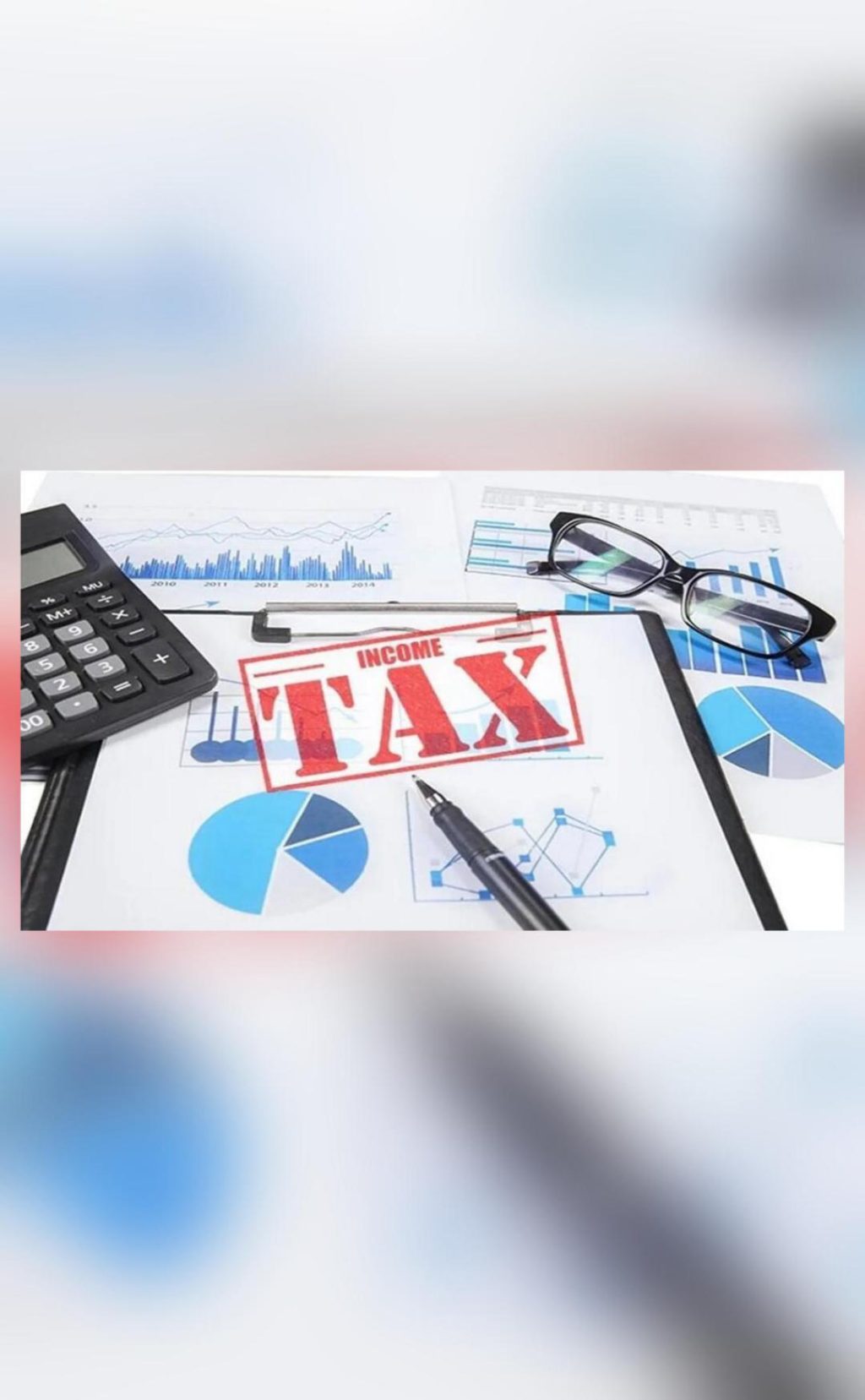
How Long Does It Take to Get a Tax Refund & When is it Applicable?
Filing an Income Tax Return (ITR) is a crucial step in managing one’s financial affairs. It not only helps the government in keeping track of tax revenues but also provides an opportunity for taxpayers to claim refunds if they have overpaid their taxes. In this blog post, we will discuss the eligibility criteria for a tax refund and the time it takes for the Income Tax Department (ITD) to process and disburse the refund.
When is a Tax Refund Applicable?
A tax refund is applicable when the tax amount paid is more than the total tax liability based on one’s income in the financial year 2024-2025. This means that if a taxpayer has paid more taxes than required, they are eligible for a refund. The refund amount is calculated by subtracting the total tax liability from the amount paid.
For example, let’s say an individual has an income of Rs. 10 lakh and has paid an advance tax of Rs. 2.5 lakh. The total tax liability would be Rs. 2.25 lakh (based on the tax slab of 5% for income up to Rs. 5 lakh, 10% for income between Rs. 5 lakh to Rs. 10 lakh, and 20% for income above Rs. 10 lakh). If the individual has paid an additional Rs. 50,000 as tax, they would be eligible for a refund of Rs. 50,000.
How Long Does It Take to Get a Tax Refund?
Once an individual has filed their ITR and e-verified it, the ITD takes about four to five weeks to process the refund. The e-verification process is an essential step in the refund process, as it helps the ITD to verify the taxpayer’s identity and ensure that the refund is processed correctly.
The refund processing time may vary depending on the complexity of the case and the workload of the ITD. However, the ITD aims to process and disburse refunds within a timeframe of four to five weeks.
What Happens After E-Verification?
After e-verification is completed, the ITD processes the refund application and checks for any errors or discrepancies. If everything is found to be correct, the refund is processed and disbursed to the taxpayer’s bank account.
Taxpayers can track the status of their refund application on the ITD’s website. The refund status can be checked by logging in to the ITD’s website and clicking on the “Refund Status” option.
Tips for a Smooth Refund Process
To ensure a smooth refund process, taxpayers should follow these tips:
- File your ITR on time: Filing your ITR on time helps to avoid any penalties and ensures that your refund is processed smoothly.
- E-verify your ITR: E-verification is an essential step in the refund process. It helps the ITD to verify your identity and ensure that your refund is processed correctly.
- Provide accurate information: Ensure that all information provided in your ITR is accurate and complete. Inaccurate or incomplete information can lead to delays in the refund process.
- Check your refund status regularly: You can track the status of your refund application on the ITD’s website. Regularly checking the status can help you to stay updated on the progress of your refund.
Conclusion
A tax refund is applicable when the tax amount paid is more than the total tax liability based on one’s income. The refund amount is calculated by subtracting the total tax liability from the amount paid. The ITD takes about four to five weeks to process and disburse refunds after e-verification is completed. To ensure a smooth refund process, taxpayers should file their ITR on time, e-verify their ITR, provide accurate information, and check their refund status regularly.
References:






